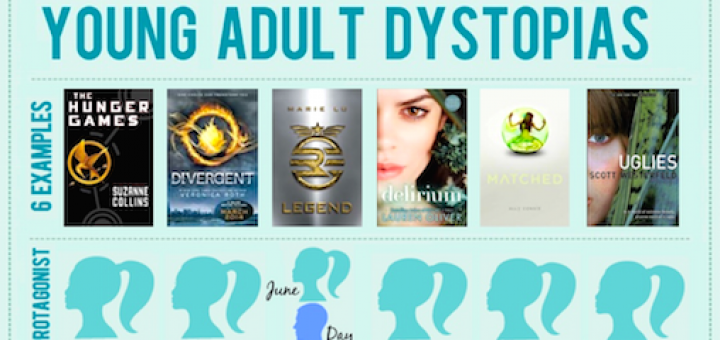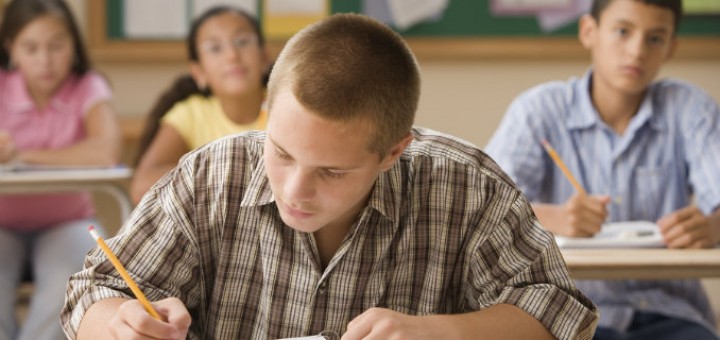Teaching and learning in grades 4-8
With Moss and Brookhart’s book “Formative Classroom Walkthroughs,” educator teams can transform classroom walkthroughs into collaborations that share responsibility and help build a positive school culture, says assistant principal Mike Janatovich.
Reading Wellness makes teacher Linda Biondi want to “take a risk in teaching literacy, get out of my comfort zone, collaborate with my colleagues, and bring the joy of reading to all my students – and colleagues.” She expects others will feel the same.
In his ELA classroom, David Sebek focuses on four aspects of what it means to be a “good citizen” – truthfulness, justice, equality and responsibility – and uses whistleblower stories and dystopian fiction to explore the elusive definition of citizenship.
If you could design your ideal social studies curriculum for middle school, what would it look like? After surveying area high schools, Jody Passanisi and Shara Peters decide to focus on skills development. Here’s their draft scope & sequence for grades 6-8.
Lori G. Wilfong knows how to write for teachers: concise, conversational and filled with practical ideas. In Writing Strategies That Work: Do This–Not That!, she presents current best practices for teachers of all grades and content areas, says Anne Anderson.
In The New Teacher Revolution, Josh Stumpenhorst explains how the current system education is not working and offers specifics on things that teachers can do in their own classrooms to address these challenges. Laura Von Staden recommends the book to all teachers.
Ivannia Soto guides educators teaching oral language skills and writing in the content areas to integrate CCSS writing goals with strategies that deepen learning among English language learners. Literacy coach Glenda Moyer recommends the book highly.
“High expectations” shouldn’t be about teaching obedience or expecting cookie-cutter work from all students. Middle school educator Cheryl Mizerny offers her take on teacher attitudes and practices that help or hinder student efforts to achieve their very best.
Much of the ISTE discussion this year focused on the best ways to use technology effectively, says MS teacher and tech enthusiast Patti Grayson. To celebrate, Grayson offers 5 examples from her own classroom of the best times to bring out the digital tools.
Each of these 20 English Language Arts-oriented articles (dating back to 2012) has enjoyed thousands of reads since it was first published at MiddleWeb. From closer reading to better writing, we hope you find some helpful ideas and inspiration for the new school year!








































